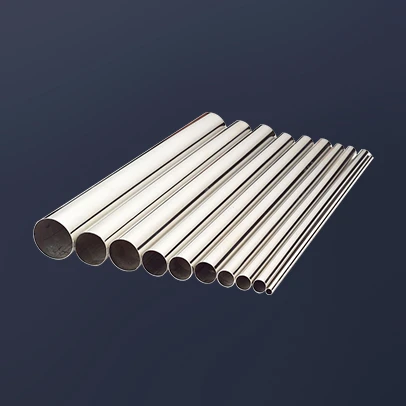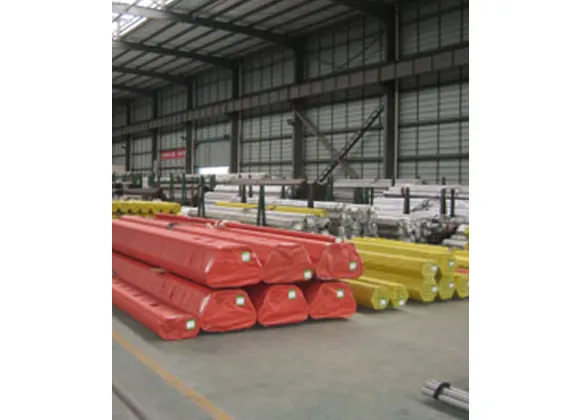Feb . 12, 2025 23:12
In the realm of industrial fluid control, wafer valves and butterfly valves play pivotal roles in ensuring efficient and effective management of fluid flow. Understanding the distinctions between these two types of valves is essential for engineers, procurement specialists, and maintenance teams involved in selecting and maintaining valve systems for industrial applications. Here, we aim to provide an insightful analysis grounded in experience and expertise, highlighting the technical nuances and practical applications of wafer valves versus butterfly valves.

Wafer Valve Design and Application
Wafer valves are known for their compact design and ease of installation between flanges. They typically don't require additional hardware, making them a cost-effective choice for many industrial applications. Their streamlined design means they take up less space and are especially advantageous in systems where installation space is limited. This minimalistic design also contributes to reduced installation and maintenance times, proving beneficial in industries where downtime correlates directly with financial loss.

Wafer valves provide a secure and leak-proof closure, which is critical in preventing fluid leakage in high-pressure systems. This makes them suitable for applications that handle hazardous fluids or gas where maintaining a tight seal is paramount to safety and efficiency. They are most commonly used in applications dealing with water treatment, petrochemical processing, and compressed air systems.
Butterfly Valve Innovations and Usage
Butterfly valves, characterized by their quarter-turn rotational motion, offer several unique advantages due to their innovative design. They consist of a disc positioned in the center of the pipe, a rod passing through the disc, and a system that allows the disc to rotate 90 degrees. One of the primary benefits of butterfly valves is their suitability for larger diameters and the ability to control flow more precisely than many other valve types.
In applications where flow regulation and frequent operation are required, butterfly valves excel by providing a robust solution. They are lighter in weight compared to many other types, reducing structural support requirements and costs. Their design also allows for quick operation, a crucial factor in emergency shut-off scenarios. Industries ranging from food and beverage, pharmaceuticals, to HVAC systems frequently utilize butterfly valves due to their efficiency and reliability in managing broad flow control requirements.
Comparative Analysis Wafer Valve vs Butterfly Valve
wafer valve vs butterfly valve
When it comes to choosing between wafer and butterfly valves, several factors need to be considered, with each offering distinct advantages depending on the operational requirements.
Wafer valves, while compact and cost-effective, may not provide the same level of flow control precision as butterfly valves. However, their leakage prevention capability in high-pressure environments often makes them indispensable.
Butterfly valves, on the other hand, offer superior flow regulation and ease of operation in larger systems. With advancements in sealing technologies, modern butterfly valves present an enhanced sealing capability, thus mitigating earlier concerns regarding leakage in certain applications.
Reliability and Performance
Both wafer and butterfly valves demonstrate high reliability when manufactured and maintained according to industry standards. The key is selecting the right valve type based on the specific needs of the system. For example, in high-cycle applications, the durability and ease of operation of a butterfly valve make it more advantageous. For systems requiring stringent leak prevention, a wafer valve may be the superior option.
Ultimately, informed decision-making must factor in the specific fluid handling requirements, operating conditions, cost considerations, and the long-term maintainability of the valve system. Working with trustworthy suppliers and manufacturers who adhere strictly to quality standards ensures access to valves that meet these critical benchmarks.
Conclusion
In industrial valve applications, making an informed choice between wafer and butterfly valves necessitates a thorough understanding of their individual strengths and limitations. This decision not only impacts the initial installation but also plays a crucial role in the long-term success and efficiency of fluid control systems. By leveraging experience, expertise, authoritativeness, and trustworthiness, stakeholders can ensure that their valve selection supports operational sustainability and integrity, maximizing performance and minimizing downtime across industries.


 Call us on:
+86-311-86935302
+86-311-86935302
Call us on:
+86-311-86935302
+86-311-86935302
 Email Us:
info@thriveonvalve.com
Email Us:
info@thriveonvalve.com South of Huanmadian Village Town, Ningjin County, Xingtai, Hebei Province, China
South of Huanmadian Village Town, Ningjin County, Xingtai, Hebei Province, China